Well, In this article we are going to provide you with informative details on biodegradable packaging. You will get to know the importance of using this biodegradable packaging in the future.
1.What is Biodegradable Packaging ???
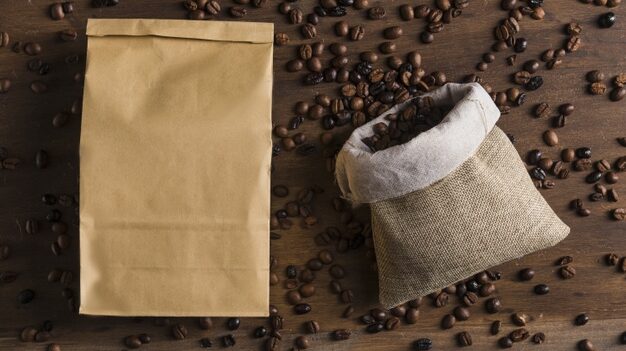
We can simply define biodegradable packaging as ” The polymeric materials which are manufactured using biopolymers. They often decompose into carbon dioxide, water, methane, and inorganic compounds. Enzymatic activity of microorganisms supports this process.”[1]
Surely enzymatic activity can be measured through standard tests. But the decomposition process varies depending on the packaging material and the processing conditions. [1].[4]
2. Why biodegradable packaging???
You are well aware of the fact that conventional food packaging materials we use have several drawbacks. However, Most of the drawbacks are relating to environmental conditions Especially pollution.[3]
2.1 Raw materials of traditional packaging
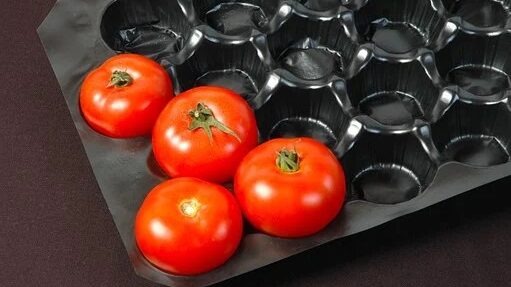
Obviously the most possible reason can be the raw materials.They are made of ,
- Plastic
- Glass
- Metals
- Paper.
Particularly you know that the above materials are synthetic matter. And clearly they have a very low biodegradability. This directly affects the environment.[2]
2.2 Harm to the environment
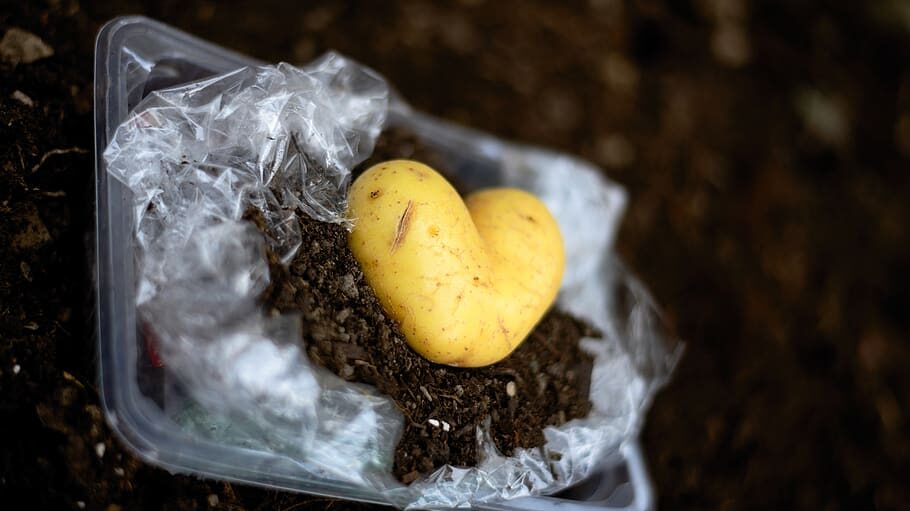
Clearly Plastic is the main conventional packaging material responsible for many harmful effects. Even so, manufacturers produce these packaging materials for specialized applications.
People are well aware of the harmful effects of traditional packaging. They have issues with regard to ,
- degradability,
- cost-effectiveness
- environmental impacts
But Despite these issues people still use them. This is Because of their high availability and convenience.[2] [3] [5]
2.3 Complex composition
Now let’s look into the composition.No doubt that conventional packaging materials have complex structures.[1] They comprise of,
- Main polymer component
- Colorants
- Fillers
- Plasticizers
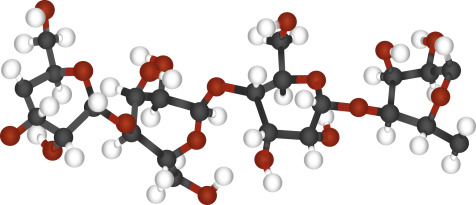
2.4 Why recycling is difficult??
It’s obvious because they have complex chemical compositions. Moreover, it becomes more difficult as most of them have long-chain polymer molecules. This is why they are difficult to recycle.[7]
2.5 Current usage in society
Do you know the current status of annual plastic material consumption?? In the world, it is approximately 230 million tonnes. It has been increased four times within the past 70 years. [6]
However, you should know that only about 5% of plastic materials can be recycled. Therefore now this is a growing problem. [3]
Definitely, All the above factors are good reasons for society to think about new alternatives. Nevertheless, those alternatives should be environmentally friendly too.
That is how the biodegradable packaging concept come into existence!!
3. In which forms biodegradable packaging exists??
Clearly different products have different requirements. So it’s obvious that packaging material and form should be different. These forms include,[3]
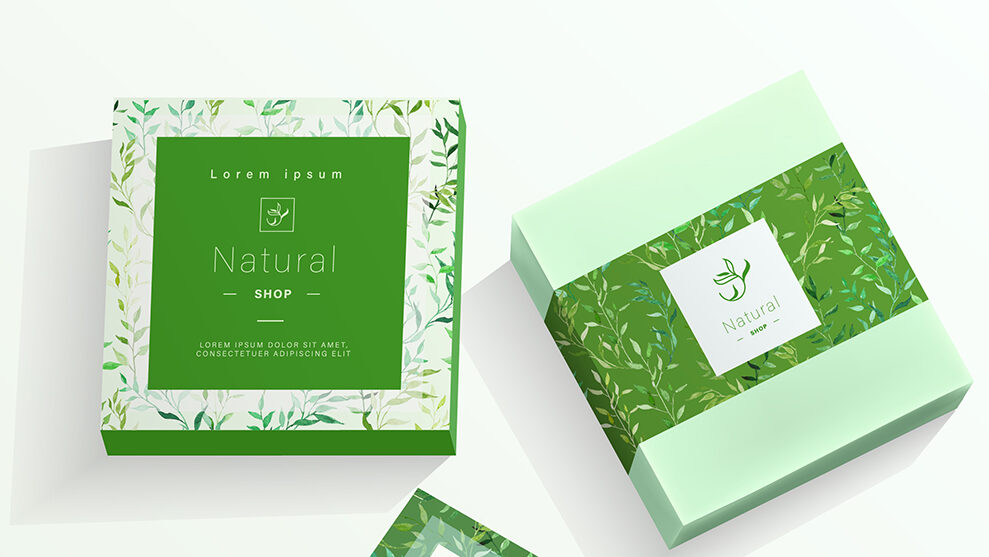
- Gels
- films
- Bags
- Boxes
- Trays
3.1 Biodegradable Gels
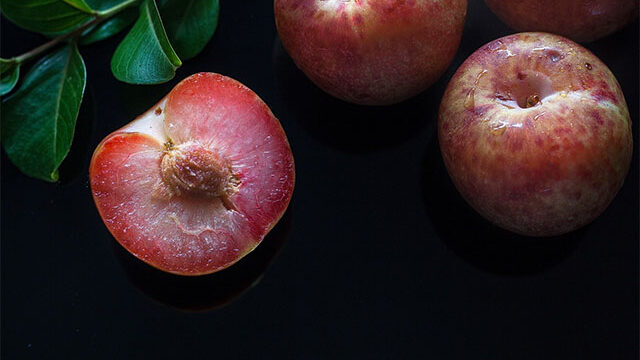
More frequently Gels are used as coating agents on fruits as well as vegetables. Usually, they are hydrogels. You can use them to avoid contamination of microbes. And also, they can protect beta-carotene content in some fruits.[2]
Apart from that, In maintaining antioxidant levels of perishables, some gels have special effects. Obviously, Certain biodegradable films act as good biodegradable gels with the extract of the ginseng plant.[2][3]
Contrary to the above facts, in some cases, hydrogels can reduce the shelf life of the product. This happens as a result of the migrating of water. This is because they attract water molecules.
3.2 Biodegradable Films

Obviously, Films are also produced from renewable materials. Can be prepared using polysaccharide, protein, or lipid materials. For manufacturers, it is important that these materials be food grade and increase shelf life clearly ensuring safety is also important.[2]
Especially they need polymers with moisture-resistant and oxygen barrier properties. Because they can use them for wrapping perishables and for sealing food containers.[10][11]
And also they are better at preventing microbial contamination of fruist. These films have desirable effects on increasing shelf life. [13]
Example:
vanilla impregnated Methylcellulose has antimicrobial effects on yeast and Escherichia coli.[2]
3.21 Special properties
- The thickness between 25μm to 140μm
- Films are clear, transparent or opaque based on the type of product
- Can be laminate, print or label the films
- Store at 18-23°C and 40- 65 % RH.This helps to preserve structural characteristics
- Microstructural changes affect the properties of the film.[6]
Example:
A results of a study on Biodegradable film for meat
- 12% increase in yield,
- 7% decrease in moisture loss
- Improvement of flavour compounds
3.3 Biodegradable Boxes
Obviously Corn is a highly available plant around the world. There is a bio-polystyrene obtained from corn. Easily you can use them to produce biodegradable boxes. [2]
Usually, they biodegrade after about 7 weeks. And also they release no harmful matter to the environment . Indeed this is why they are very much suitable for future packaging.
Example:
Definitely a PLA Box can maintain the quality of fruits at a temperature range of 10 to 230C.[2]
And also They have high strength and resistant property to breakage. Clearly they are excellent materials for biodegradable packaging.
3.4 Biodegradable Trays
Surely you can buy biodegradable trays from the market now.Especially use them to store fruits and vegetables. Most of them are made of the plant pulps. But they have a brittle texture.[2]
4. The types of Bio degradable -polymer materials??
4.1 Biodegradable Polymers from biomass
No doubt These polymers are extracted from living sources. They include plants, animals, and sometimes marine sources. And also they are less costly. Therefore produce excellent packaging materials at a low cost.[1][2][14]
However, there are some natural sources with better cost-effectiveness and availability compared to others. polymers from potato and corn are one of the examples.
4.11 Potato and corn
Firstly you have to obtain starch molecules. For that heating is necessary. Then you can process them further to get the final shape. This processing is done in different ways. [2][16] [23]
Very frequently Manufacturers form them into bags, trays, sacks, or any other packages. The specialty is they are nearly 100 percent biodegradable.
Apart from potato and corn, you can use rice and wheat flour which have the same properties.
4.12 Chick beans and soy beans
Here especially you can use vegetable proteins to extract polymers from beans. After extracting polymers you can use these polymers to produce packaging materials.The main types of vegetable proteins focusing in here are,
- casein
- Albumin
- Fibrinogen
- Elastin etc.
Especially the biofilms of soy protein are moisture sensitive and have less strength. Conversely, some recent experiments found that these biofilms can be developed. They have better properties when used with carrageenan and glycerol.[2] [3][25]
4.13 Bamboo
The bamboo tree has a high growth rate. Furthermore, it contains a huge percentage of cellulose making it easy to obtain cellulose. This polymer can be used to form different forms of packaging.[17][18]
Manufacturers use cellulose for producing papers. They are most frequently used for packaging.
4.14 Cotton linters and Flax fibers
Obviously, You can produce the biopolymer ‘cellulose acetate’ if you try. You need cotton and flax for this.Indeed, according to experimental studies, it is not an easy method. Unlike cotton linters, Flax fibers give a high fraction of cellulose acetate.So if you are going to produce cellulose acetate better to use flax fibers[1][2]
Particularly This is done by a well-controlled acetylation process with sulfuric acid. Along with that various laboratories, instrumental techniques are also required.
4.2 Biodegradable packaging Polymers from chemical synthesis
Particularly the chemical synthesis allows you to get a huge range of biopolyesters. So That is a fascinating factor when considering the industrial production of these biomaterials. [2]
Definitely many of the available packaging materials can be replaced with these monomers. The most popular biopolymer group belonging to this category is Polylactic acid (PLA).
4.21 Polylactic acid (PLA)
This is a linear polyester. It also have similar properties of polystyrene. Unlike polystyrene, PLA has the ability of biodegrading. This is the main difference. Especially To produce PLA on an industrial basis you should use fermentation.[2][3]
Clearly a carbohydrate source is essential. For the carbohydrate source,especially they use starch or glucose from wheat, corn, or molasses.
How these polymers are produced??
The two monomers involved in here are lactide and lactic acid .You can use two methods here.
Method 01
Well, This is the most common and most simple procedure for producing PLA. Here lactide is subjected to polymerization. Not only that it needs the metal catalysts. They do catalyzing step in a suspension or a solution to complete the process.[3]
Method 02
Unlike the above process, this is a condensation process. The main principle here is monomers of lactic acid are directly condensing. Be careful to do It under a temperature of less than 2000C. Otherwise, it will form molecules of lower molecular weight. [3]
Most importantly this condensation is done stepwise. Because It is important to produce PLA accurately. First lactic acids oligomerize PLA. Secondly condensation takes place by combining oligomer units.
Usually you can convert this polymer into,
- Thermoform pads
- Bottles
- Films
- food containers
4.3 Biodegradable packaging from GMO (Genetically modified Organisms) or natural organisms
Surely this is an interesting section as GMOs are involved. Bacteria use energy sources and carbon reserves of Most of these kinds of polymers. Following are the group of biodegradable polymers produced using this method.[3]
- Polyhydroxy alkanoates (PHA)
- Polyhydroxy butyrate (PHB)
- Bacterial cellulose
4.31 How can you produce PHA ??
You can produce a large variety of biopolymers in this process. That is The most important thing.This is done by fermentation of microbes. Especially PHA- polymerase enzyme is very productive in catalyzing this polymerization process.[2]
Furthermore, this is a kind of biochemical synthesis. And also It Happens within a cell with the aid of enzymes. However, there is an important factor that should be taken into consideration.[20]
The textural properties of these polymers change with bacteria type and the carbon source. So it is important that you choose the correct bacteria type and sources of carbon to produce different packages. The texture varies from brittle form to rubber-like form.
4.32 How can you produce PHB ??
This is a linear polyester. Like the above one, this biodegradable polymer is also produced by fermentation of bacteria. You will need a lipid or sugar medium for that.[2]
Most importantly you can use PHB for the packaging of food. Obviously you can use this packaging material for other purposes too. Especially in Pharmaceutical and cosmetics products.
5. What are the important features of these biodegradable packaging??
5.1 Improved barrier properties
It is important to note that many of these polymers can also have several drawbacks. Surely Conventional packaging materials and some of the popular biodegradable materials can have permeability issues. cellulose films are one of the biomaterials that have the above issues.
Clearly they have good barrier properties for oxygen and carbon dioxide. whereas low barrier properties for water vapor.
On the other hand, some biodegradable materials have enhanced barrier properties for oxygen. No doubt it can be greater than traditional ones.PHB is one such example. But clearly It has a low permeability to oxygen than PP (Polypropelene) PET (polyethylene Terephthalate).
5.12 How to eliminate poor properties??
Definitely you can eliminate these poor properties by mixing biomaterials with some of the synthetic polymers. But especially make sure to do that in correct techniques with correct proportions.
6.Waste management options in biodegradable packaging
6.1 Recycle
Did you know that many of biodegradable materials are mixtures of conventional polymers and natural fibers? Maybe not. Obviously it is one of the first reasons to cause issues in recycling.
Besides you can use most biodegradable polymers with laminated layers. Specially This is done to improve their performance. And also they are not available in large quantities too. Along with the above reasons it makes recycling a little bit complicated.
6.2 Incineration
Particularly This is a kind of thermal treatment do for waste management. This process converts waste to heat, ash, and flue gas. This is one of the best options to manage the biodegradable waste.
Besides fibers and starches in biopolymers consume less energy in this process. This is also favorable to energy balance.
6.3 Composting
Especially this is an aerobic digestion process of wastes. You can also degrade Bio-polymers by this method. But this composting process takes about several months to complete. This process releases carbon and different nutrients to the soil. Surely Now it is a growing trend in the world.
In contrast, some other biopolymers are better for anaerobic digestion. Digestion process converts waste into methane. Subsequently, this methane is suitable for energy generation.
7. Advantages and disadvantages of biodegradable packaging
7.1 Advantages
- Eco – friendly
- Non-toxic
- low emissions to the atmosphere
- Renewable
- Low energy consumption
- Recycling is easy
7.3 Disadvantages
- Low land availability for production
- Lack of processing plants
- Less awareness
- Not long-lasting
- More requirement of plant matter for production

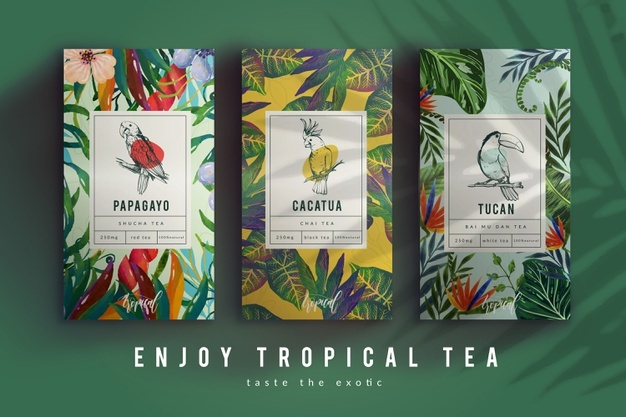

![Can you Grill Frozen Corn? [Quick & Easy Ways] can you grill frozen corn](https://wizfoodz.com/wp-content/uploads/2023/03/can-you-grill-frozen-corn-370x245.jpg)
![Can you Microwave Chicken Nuggets? [All You Need To Know] can you microwave chicken nuggets](https://wizfoodz.com/wp-content/uploads/2023/02/can-you-microwave-chicken-nuggets-370x245.jpg)
